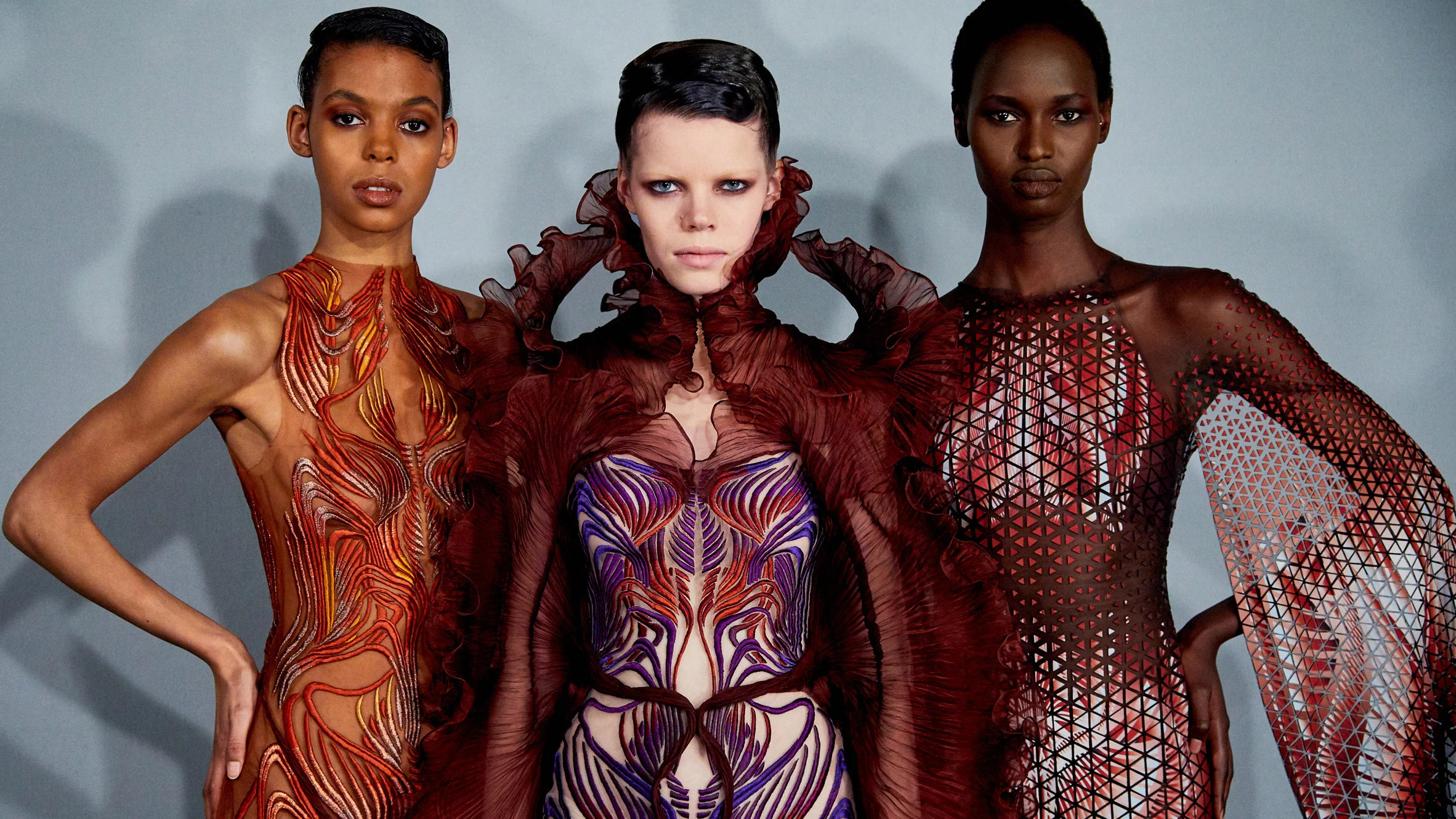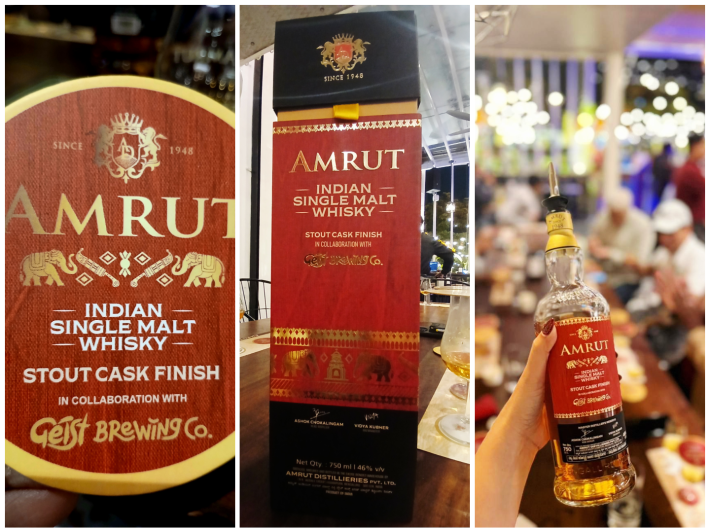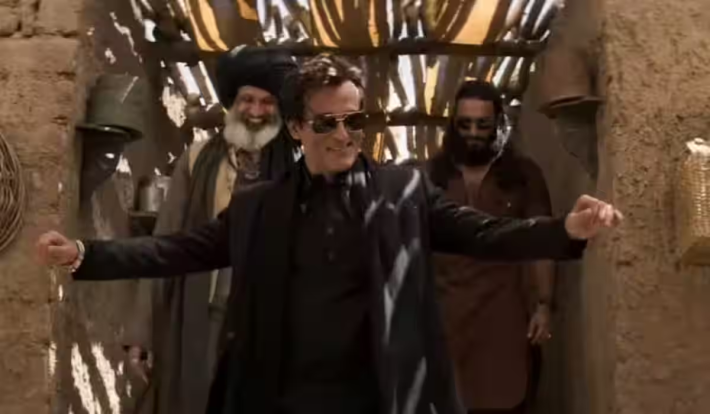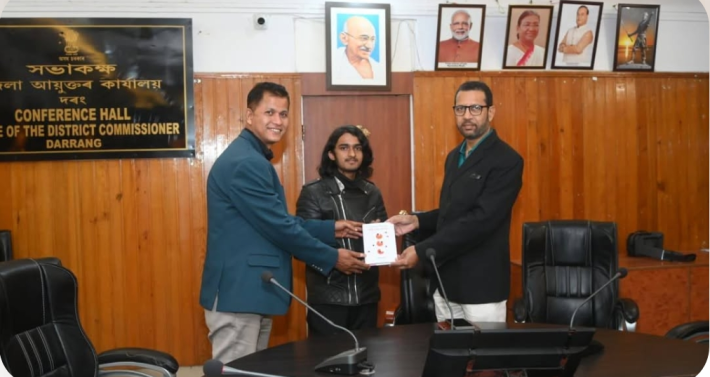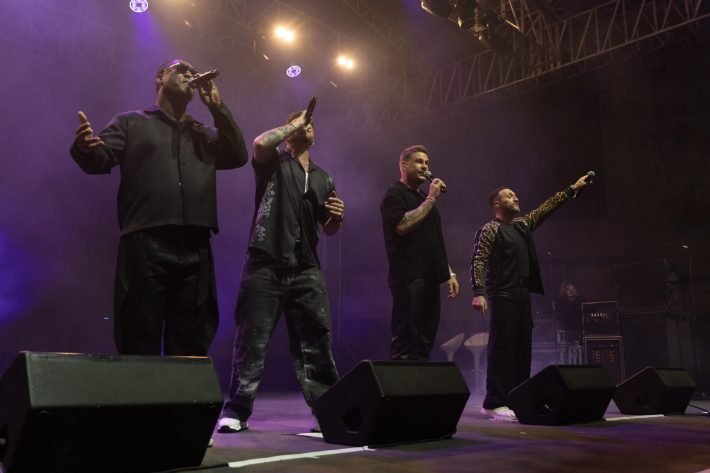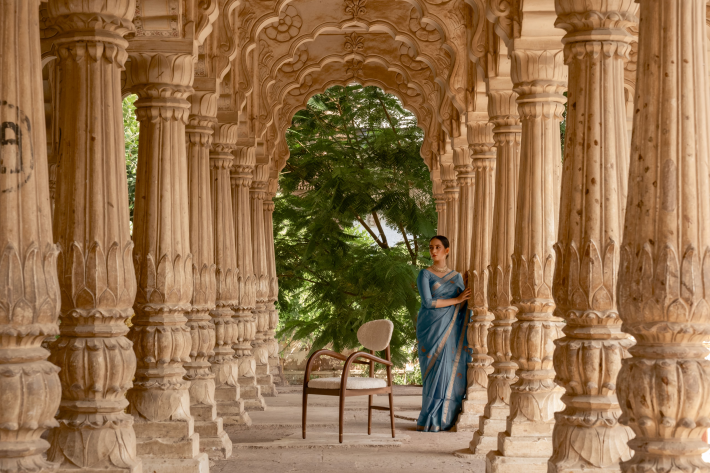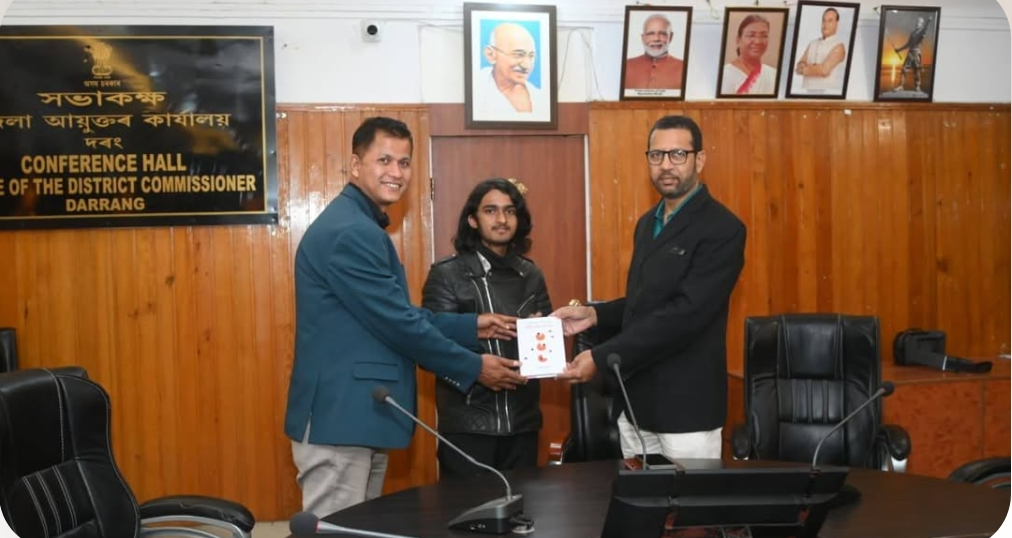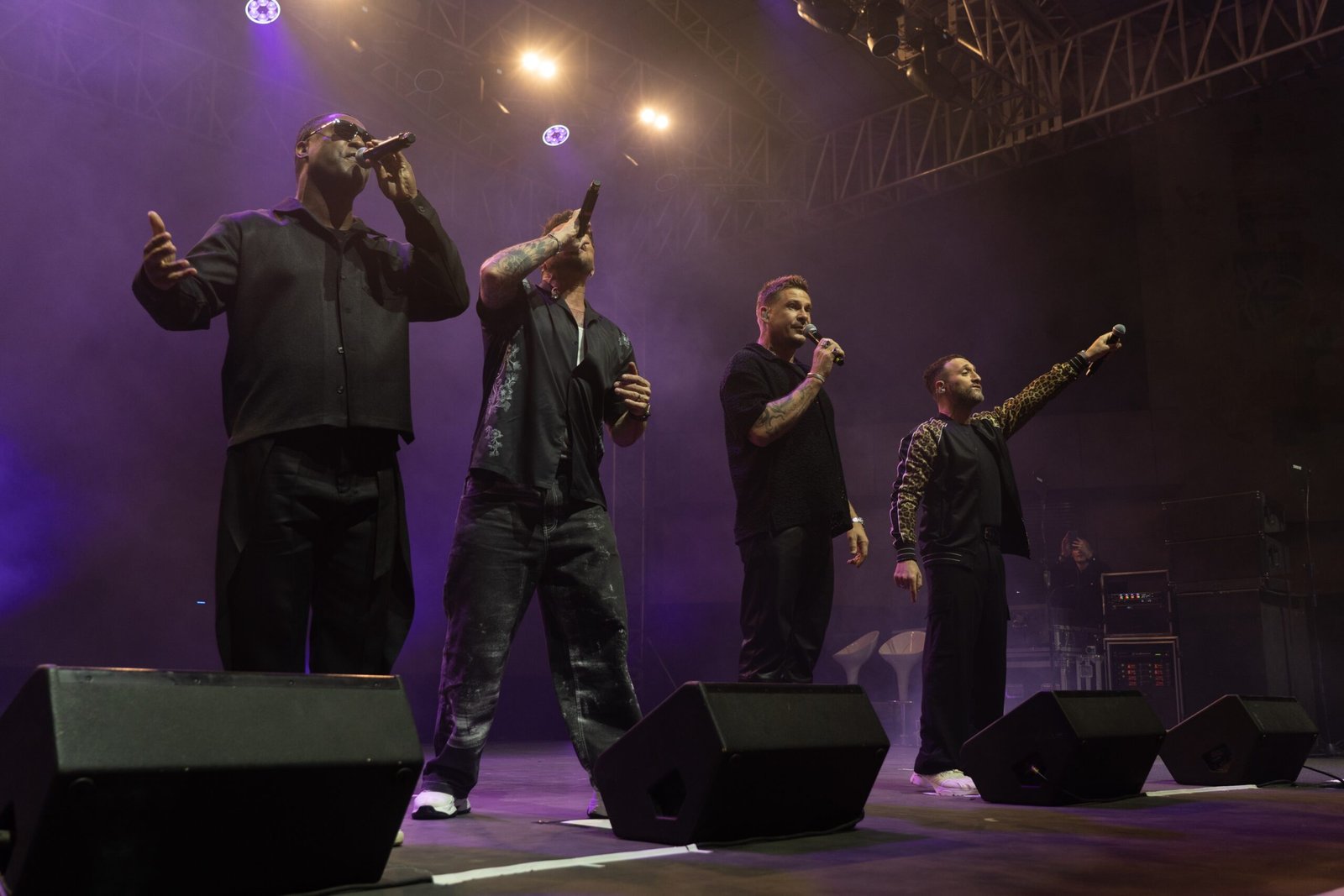The ramps are on fire! And how! The world’s fashion capital catwalks – Paris, Milan, New York, and London – has sashayed in revolutionary fashion stories weaved out of changing world events. TheGlitz, being fashion aficionados, has observed this fashion revolution on the ramps merging closely with digital innovation, sustainability from replacing leather with mushrooms to using ocean wastes, activism, inclusion and cross-culture influence. Read on as Sumita Chakraborty, Editor-in-chief, TheGlitz, talks about the mercurial transformation of world ramps.
Sustainability: From Mushroom Leather, Ocean Plastic Wastes to Circular Fashion
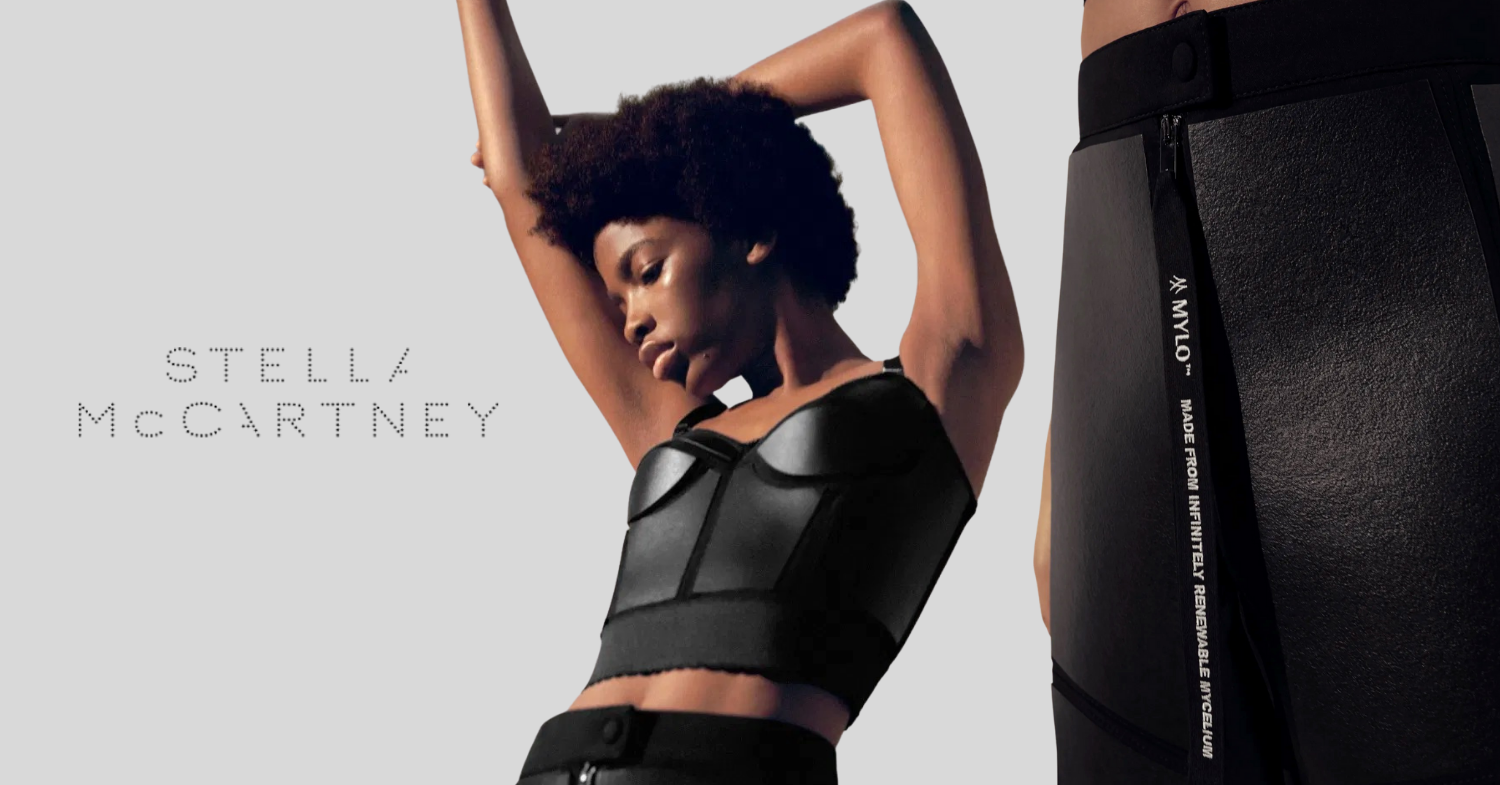

Sustainability has become a cornerstone of modern fashion. Brands like Stella McCartney and Gucci are helming the charge by incorporating recycled materials, organic fabrics, and plant-based alternatives into their collections. For instance, mushroom leather and recycled ocean plastics are becoming more common on the runways. Concepts like circular fashion, where clothes are designed to be recycled or upcycled, are gaining traction. Companies such as Eileen Fisher and Patagonia are promoting the idea of garment take-back programs to minimize waste.
Technology: The Digital Runway – from digital clones to smart fabrics that change color
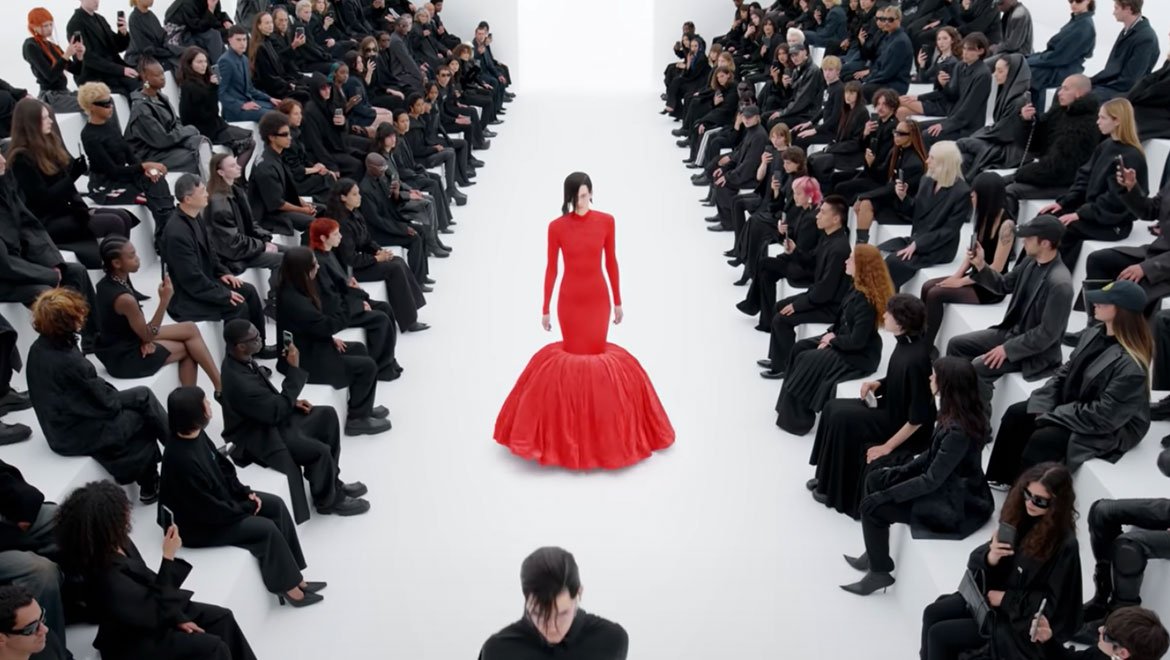
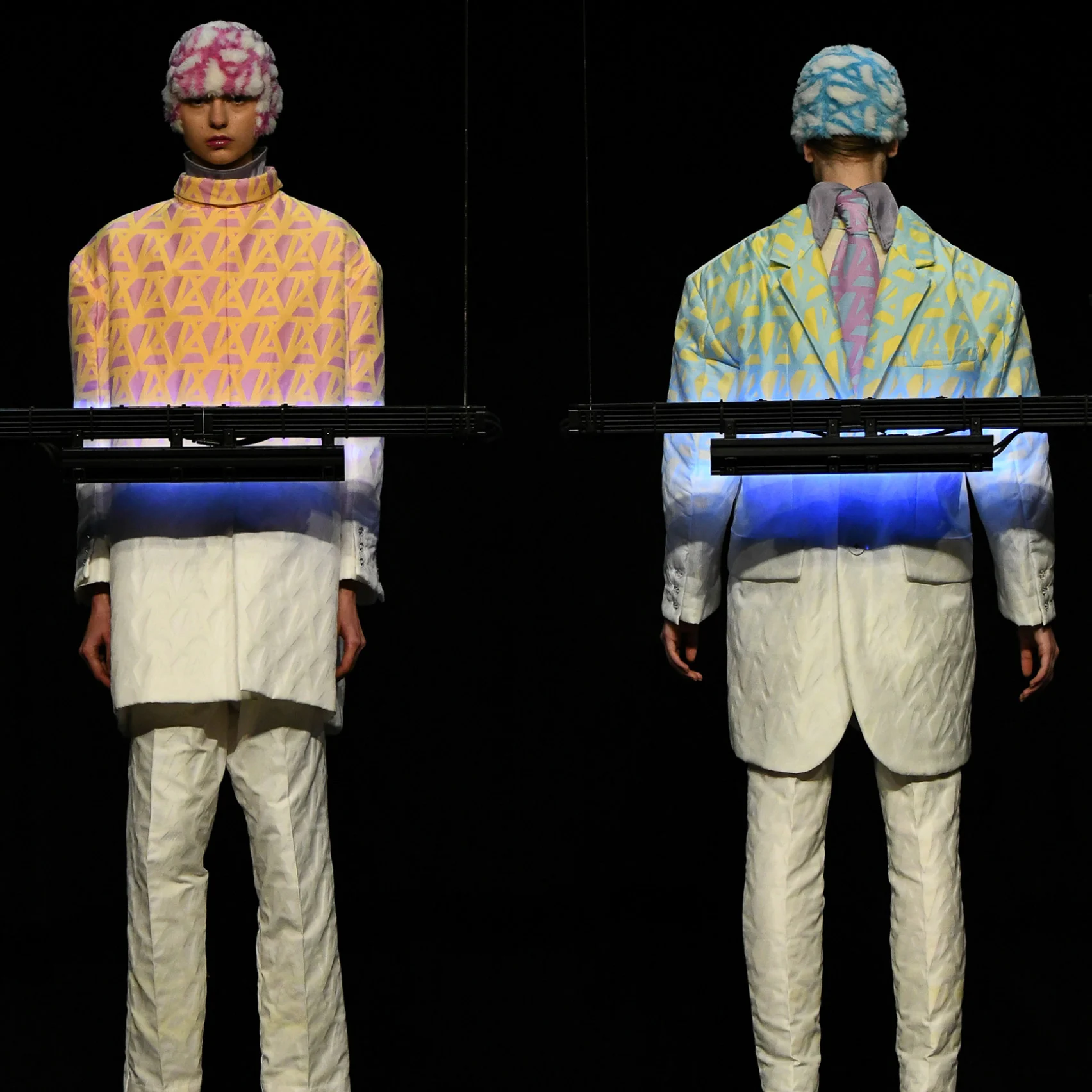
Virtual and Augmented Reality: Shows during fashion weeks have increasingly featured AR and VR, providing immersive experiences for attendees. Designers like Balenciaga have used digital runways to showcase their collections, reaching a global audience without geographical constraints.
Wearable Tech: Innovations in wearable technology are also making their way onto the ramps. From smart fabrics that change color to clothes embedded with health-monitoring sensors, the integration of technology is blurring the lines between fashion and function.
Diversity and Inclusivity: From body positivity to adaptive fashion for people with disability
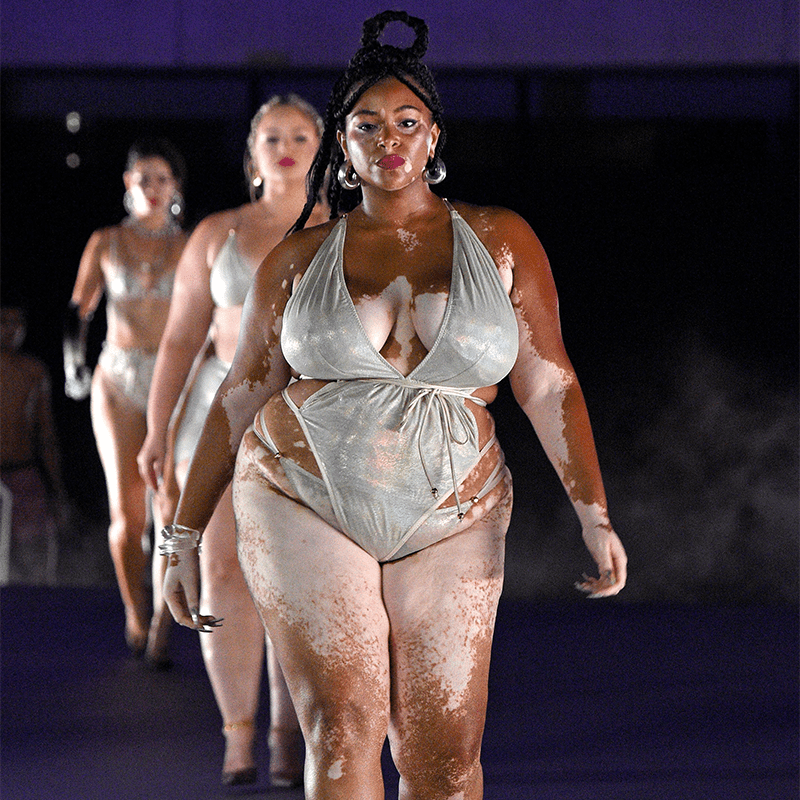
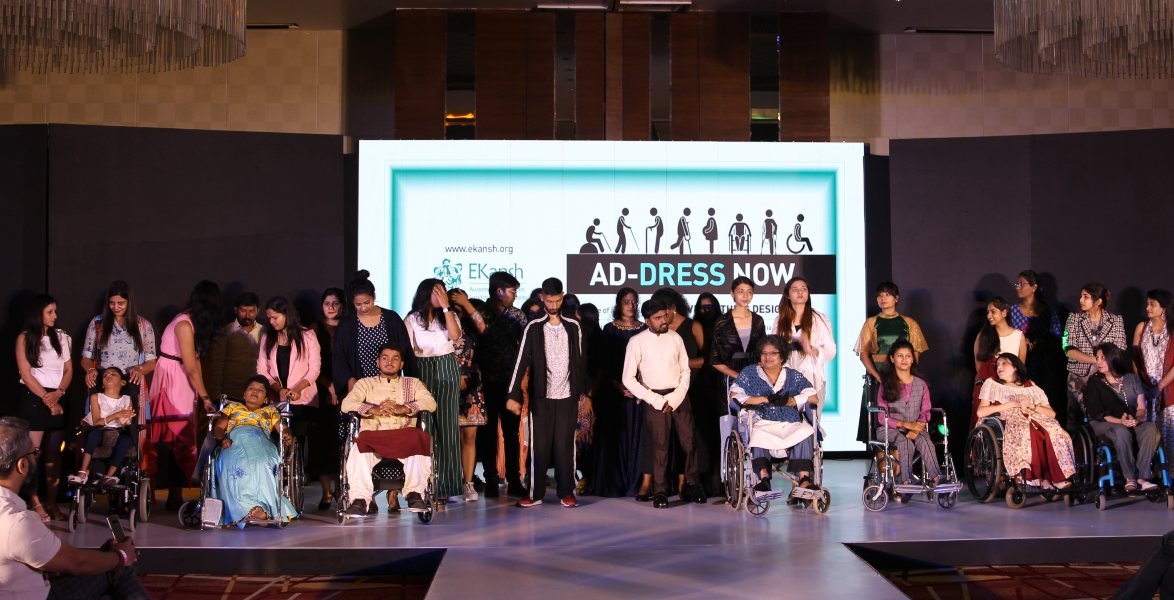
Brands like Savage X Fenty, led by Rihanna, have set a new standard by featuring a wide range of models, promoting body positivity and inclusivity. There’s also a growing focus on adaptive fashion, designed for people with disabilities. This includes garments with magnetic closures, adjustable fits, and easy-to-wear designs, ensuring fashion is accessible to everyone.
Political Statements: Runway for Activism


Fashion has always been a medium for political and social commentary, and this trend is more pronounced than ever. Designers are addressing pressing issues such as climate change, racial injustice, and gender equality on the ramps. For example, collections by designers like Prabal Gurung and Maria Grazia Chiuri of Dior often incorporate messages of empowerment and activism. Political statements are also seen in the form of slogan tees and accessories, making bold declarations on the runway about the designer’s stance on various issues.
Cultural Integration: Global Influences

Cross-Cultural Inspirations: Designers are drawing inspiration from a myriad of cultures, creating collections that celebrate global diversity. This includes the incorporation of traditional textiles, patterns, and craftsmanship from various cultures into contemporary designs. High-profile collaborations between Western designers and artisans from around the world are promoting cultural exchange and bringing traditional crafts to a global audience. For instance, Dior’s collaboration with African artists has resulted in stunning collections that highlight African heritage.
Whose Fashion Is It Anyway?
The runways of fashion capitals are no longer just a showcase of aesthetic prowess; they are dynamic platforms where sustainability, technology, diversity, and political activism converge. As the industry continues to evolve, these trends not only reflect changing consumer preferences but also a broader societal shift towards inclusivity, responsibility, and innovation. The future of fashion is being redefined on the ramps, heralding an era where fashion is not just seen but also heard and felt in profound ways.
